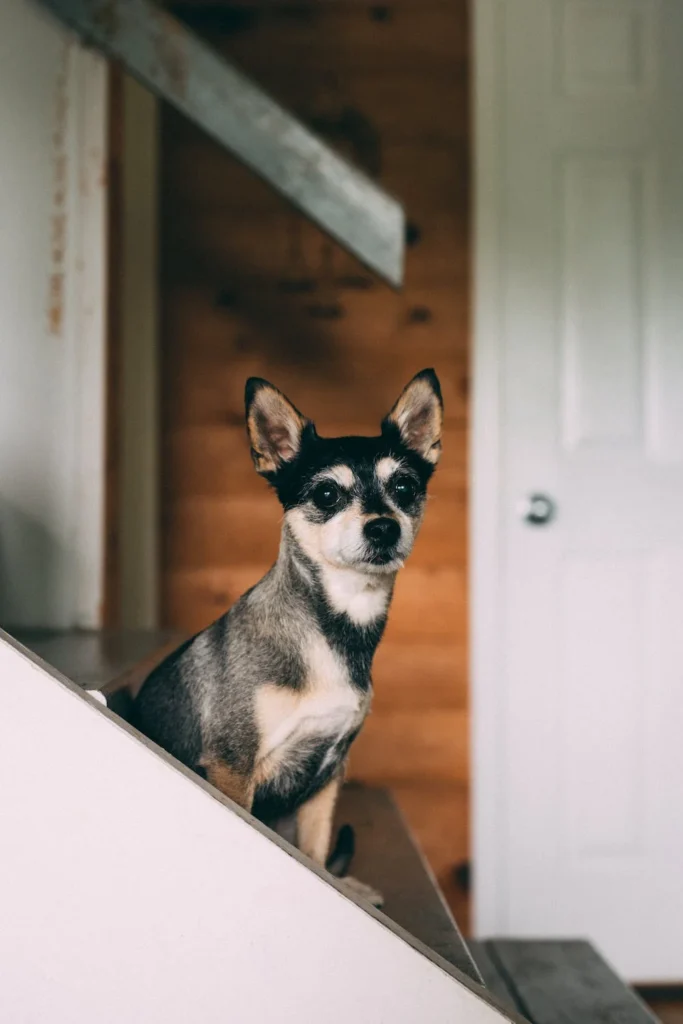
Chocolate is a delicious treat for humans, but it can be deadly for dogs. The theobromine and caffeine in chocolate can cause a number of health problems in dogs, including vomiting, diarrhea, seizures, and even death.
If you think your dog has eaten chocolate, it is important to act quickly. The sooner you seek help, the better the chances are that your dog will make a full recovery.
What is Theobromine?
Theobromine is a stimulant found in chocolate. It is similar to caffeine, but it is more toxic to dogs. The amount of theobromine in chocolate varies depending on the type of chocolate and the amount of cocoa solids.
Dark chocolate has the highest concentration of theobromine, followed by milk chocolate and white chocolate. A small amount of dark chocolate can be fatal to a dog, while a large amount of milk chocolate may only cause mild symptoms.
Symptoms of Chocolate Poisoning
The symptoms of chocolate poisoning in dogs can vary depending on the amount of chocolate eaten and the size of the dog. Some common symptoms include:
- Vomiting
- Diarrhea
- Restlessness
- Increased heart rate
- Seizures
- Coma
If your dog shows any of these symptoms after eating chocolate, it is important to seek veterinary attention immediately.
What to Do If Your Dog Eats Chocolate

If you think your dog has eaten chocolate, the first thing you should do is call your veterinarian or the Pet Poison Helpline. They will be able to assess the severity of the situation and give you instructions on what to do next.
While you are waiting for help, there are a few things you can do:
- Try to determine how much chocolate your dog ate. This will help your veterinarian or the Pet Poison Helpline to determine the severity of the poisoning.
- If your dog is showing any signs of poisoning, such as vomiting, diarrhea, or seizures, take them to the veterinarian immediately.
- Do not induce vomiting at home unless instructed to do so by your veterinarian. This can actually make the poisoning worse.
- Do not give your dog anything to eat or drink until you have spoken to your veterinarian. This includes milk, which is often thought to help with chocolate poisoning, but can actually make it worse.
Preventing Chocolate Poisoning
The best way to prevent chocolate poisoning is to keep chocolate out of reach of your dog. This includes chocolate candy, baked goods, and even cocoa powder. If you have a dog that is prone to getting into things, you may want to consider keeping chocolate in a secure cabinet or drawer.
You should also be aware of the signs of chocolate poisoning so that you can seek help quickly if your dog does eat chocolate. By being prepared, you can help to keep your dog safe.
Conclusion
Chocolate poisoning is a serious condition, but it is treatable if you seek help quickly. If you think your dog has eaten chocolate, call your veterinarian or the Pet Poison Helpline immediately. By taking action quickly, you can help to ensure that your dog makes a full recovery.
Additional Information
- The amount of chocolate that is toxic to a dog depends on the size of the dog. A small dog is more likely to be poisoned by a small amount of chocolate than a large dog.
- The toxicity of chocolate also depends on the type of chocolate. Dark chocolate is more toxic than milk chocolate, and white chocolate is the least toxic.
- If your dog has eaten chocolate, it is important to keep them calm and quiet. This will help to reduce the absorption of theobromine into their bloodstream.
- If your dog is showing any signs of chocolate poisoning, it is important to seek veterinary attention immediately. The sooner you seek help, the better the chances are that your dog will make a full recovery.